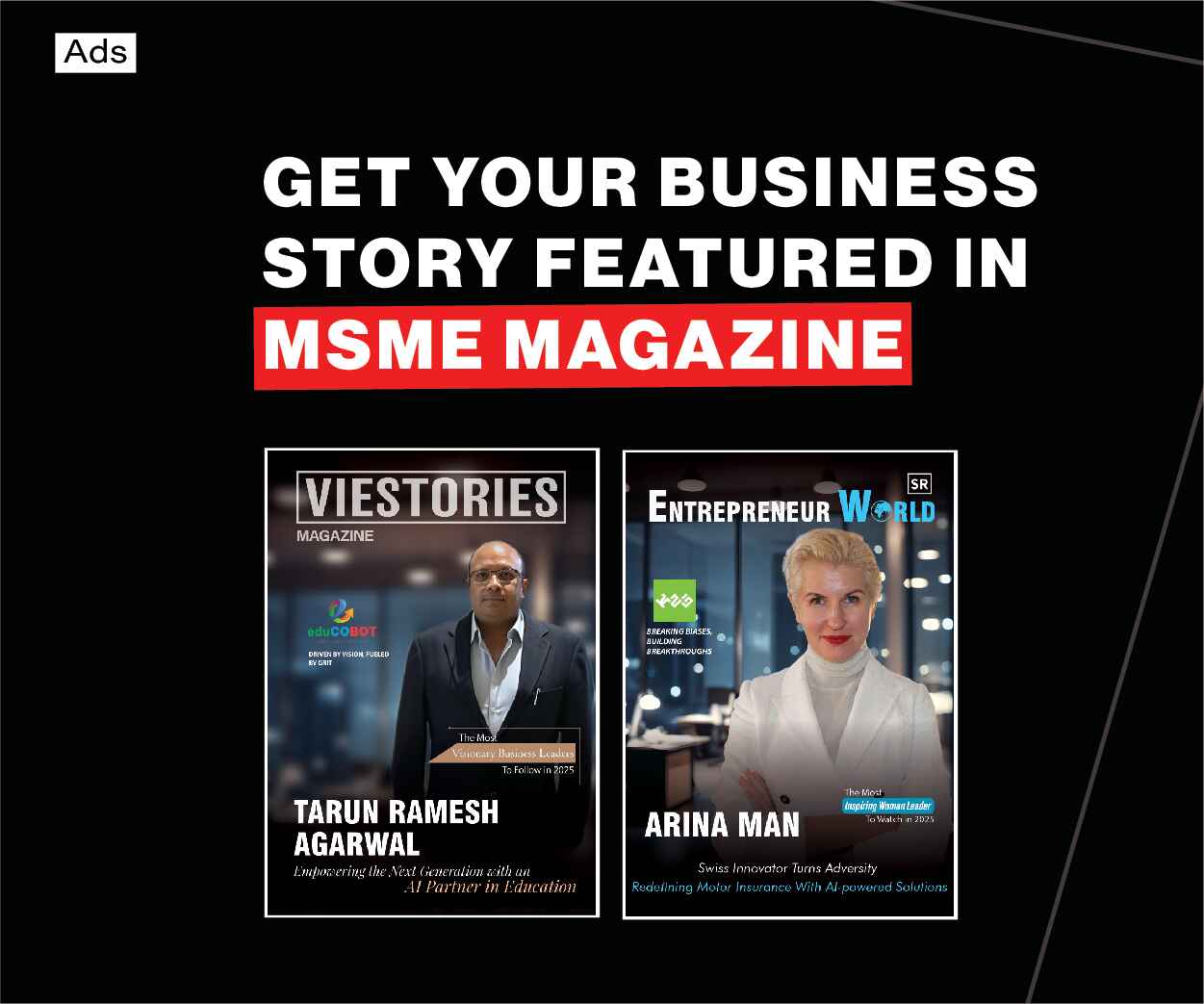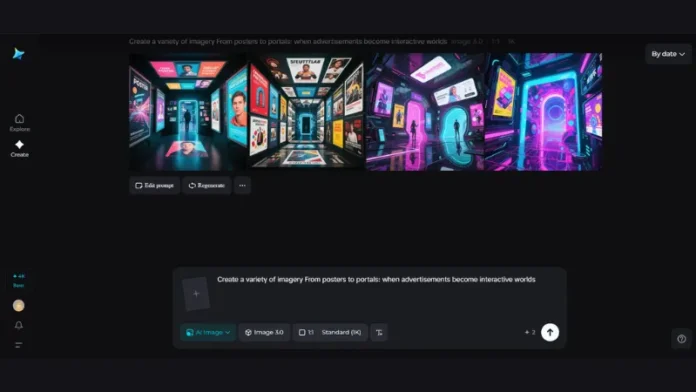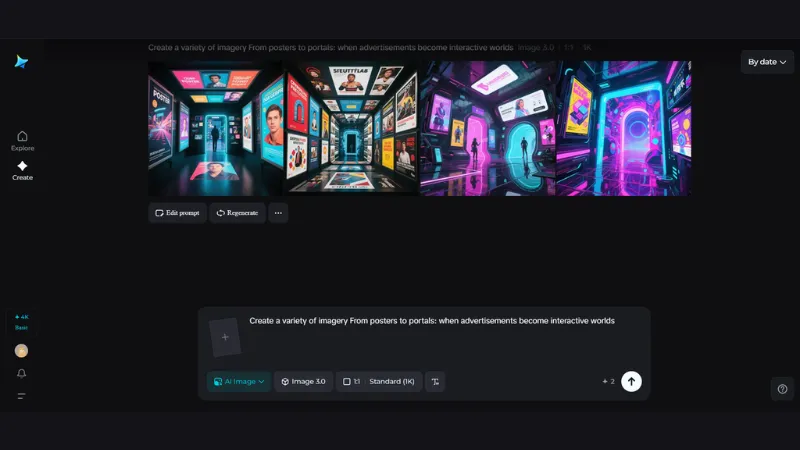
Long ago, posters used to be static images, stuck on walls, boisterous in color, and silent in feeling. They communicated a message and then disappeared into the wallpaper. But today’s audiences don’t want to see advertisements; they want to feel them. The greatest campaigns no longer rest on visuals alone; they create worlds.
This revolution has been driven by technology and creativity crashing into each other. Tools such as the AI photo generator have turned basic poster ideas into multi-sensory worlds, spaces where imagination feels tangible. And platforms such as Dreamina are at the forefront of this, enabling creators to create visuals that appear to breathe, feel, and tell a story. Dreamina doesn’t create images; it builds gateways that beckon discovery.
When images learned to breathe
Consider your most beloved brand campaign. It probably wasn’t the product you recalled, but the vibe it produced. The sheen, the hue, the covert telling in between the shades. This is what occurs when imagery begins to breathe.
Today’s creatives approach visuals as cinematic experiences instead of static compositions. They marry storytelling and emotion to render every piece experiential. Not only is the aim not to present information but to trigger curiosity. This change is redefining advertising as an experiential phenomenon. Viewers are no longer told what to think but are empowered to discover meaning themselves. It’s interactive art that reacts, moves, and stays with them, long past the campaign itself.
The emotional language of design
All strong images communicate a silent language, a mix of memory, color, and narrative. Visual story isn’t selling; it’s a feeling. Brands are now trying to create moods, not messages.
A well-designed image tells a rich story:
- It draws the viewer into the atmosphere.
- It evokes memory through tone and light.
- It leaves emotional fingerprints that linger long after the scroll.
This is where imagination meets identity. The AI logo generator, for instance, has transformed branding from a static emblem into something dynamic, a mark that adjusts according to tone, season, or audience sentiment. Logos breathe now in sync with campaigns, blending into digital life.
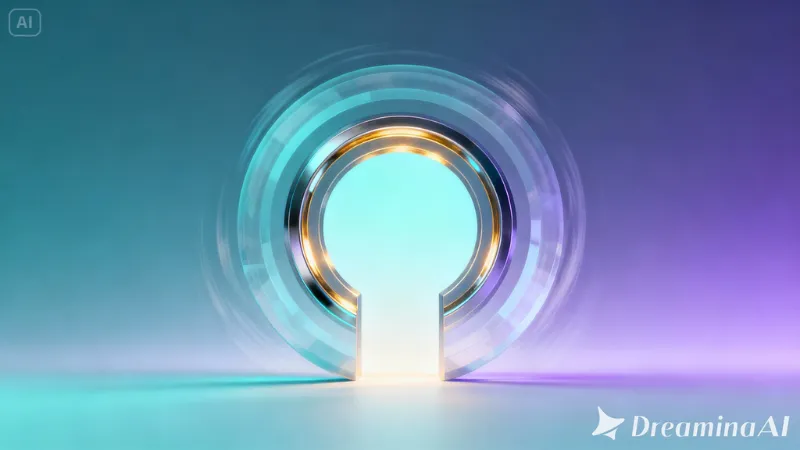
Step 1: Write a text prompt
Head on over to Dreamina (no image generator is required), and we will begin with your imagination in mind. Consider yourself now writing a scene for a movie, rather than just a prompt! Envision your mood, lighting, textures, and view. The more vivid you are with your detail, the fuller your image will be with the atmosphere.
Example prompt: A sun-filled alleyway in a futuristic city with neon glows on the wet asphalt, people in glowing jackets with mist rising in ambient terms, feeling like a cinematic scene that is peaceful with energy.
Dreamina poetically interprets your prompt, not only to see what you are saying, but to feel it.
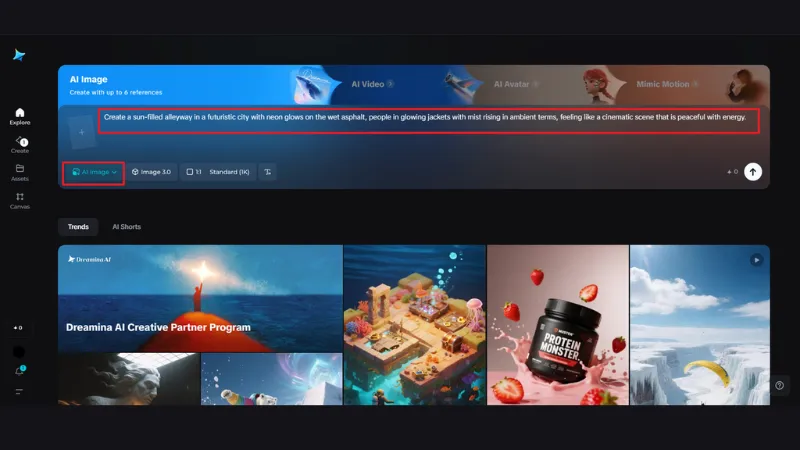
Step 2: Adjust parameters and generate
Now that you have your prompt ready, adjust your parameters. Select your model. Realistic, artistic, or conceptual. If you aren’t sure about the aspect ratio, you can adjust it to the layout you will need – landscape for broad campaigns, portrait for mobile images, or square for online use.
Then set your resolution and size – 1K for previews, 2K for detail. Once everything is lined up, simply click on the icon of Dreamina to create your image. In a minute or so, your concept will come to life as a living image – the start of your world.
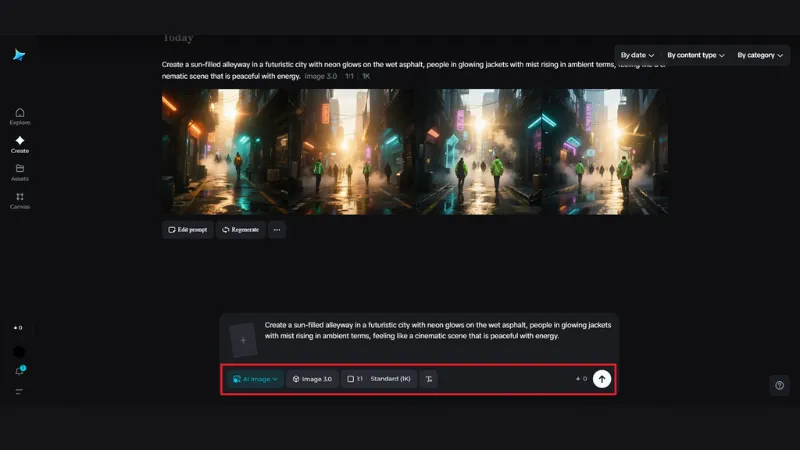
Step 3: Customize and download
Your creation does not stop with the generation. Dreamina’s AI customization functionality allows for all aspects to be sculpted and honed. Utilize inpaint to change specific sections, expand to extend your scene beyond the canvas, remove to clean up, and retouch to create emotion or depth. When you are done, click the Download icon. What you receive is not a static image, it is a visual portal waiting to become a story, a brand, or an experience campaign.
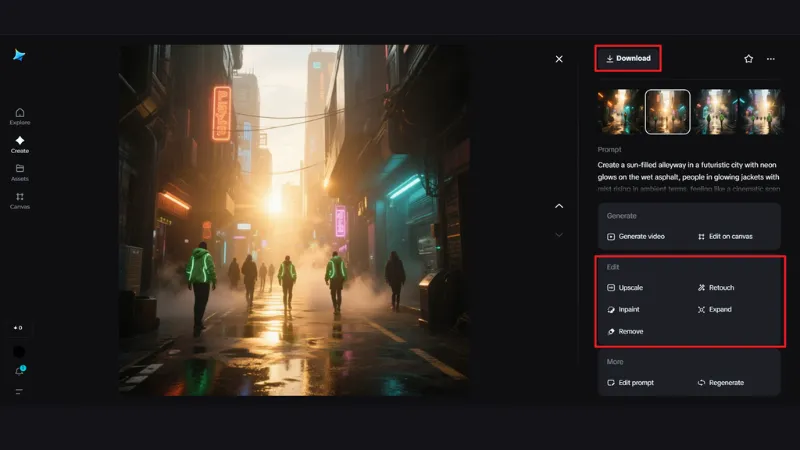
Beyond the frame: participation posters
The exciting part of this creative change involves how people connect with it. Audiences do not just watch from the side. They get involved right away. Interactive visuals shift simple interest into something more personal. Each scroll or touch pulls someone deeper into the tale.
Tools like Dreamina make this kind of storytelling available to everyone now. It blends creative skills with artificial intelligence in a way that lets feelings guide the tech, instead of the other way around. Ads that pull you in remove the line between real moments and the content itself. Consider a poster that shifts when you tilt your phone toward it. Or one that hums softly under your finger. Those feelings stick with the visuals for good.
The rise of interactive artistry
Posters evolved far beyond basic promotion into real interaction. Using an AI poster generator lets creators build ones that shift, move, and react live to who sees them. Posters stop being fixed objects. They turn into active areas that develop over time.
This change turns ads into part of everyday culture. A single poster might act as a digital artwork in a gallery. Or it could become an interactive display on a wall. Things that used to hang on surfaces now shape personal encounters. The move redefines art through links between people. It creates shared feelings, not just trades.
Dreamina and the art of digital immersion
Dreamina sits at the point where ideas meet action. It serves as a starting place for creators, advertisers, and artists to team up with AI in tales that feel alive. Mixing tech with stories makes visual work easy to approach again. It returns heart to online making, through each command, stroke, or file saved.
People craft more than pictures with it. They build doors into their own minds. Dreamina changes posters into gateways. Brands shift into paths that folks can step into. Next time someone works on a design, skip aiming to catch eyes. Aim to draw them inside. In this fresh era of tales, top ads do not sit there to be seen. They invite entry.
